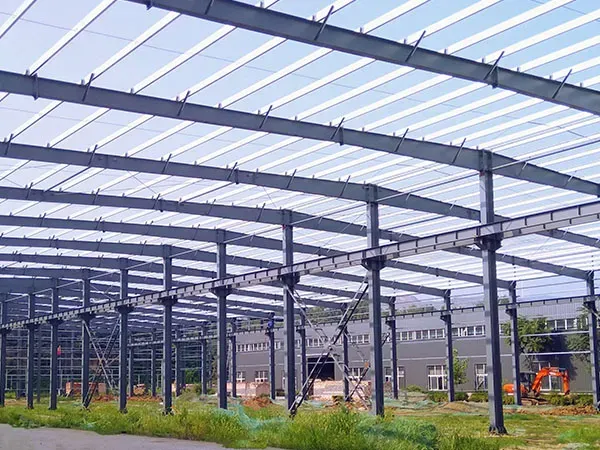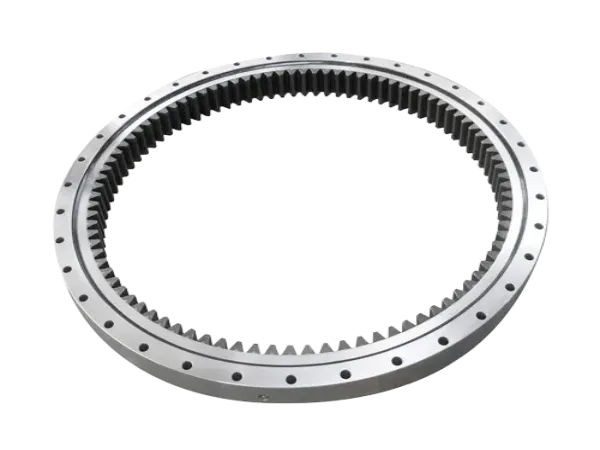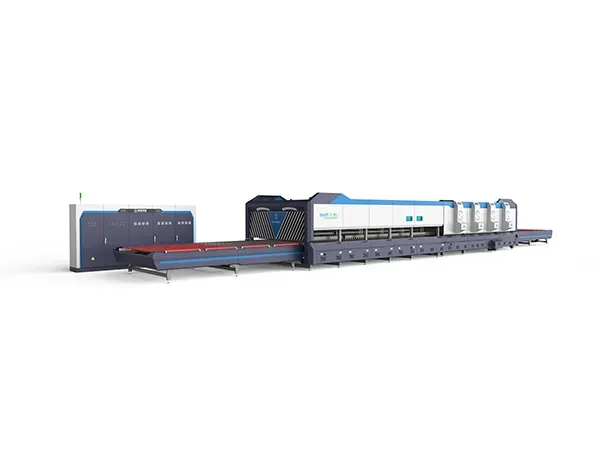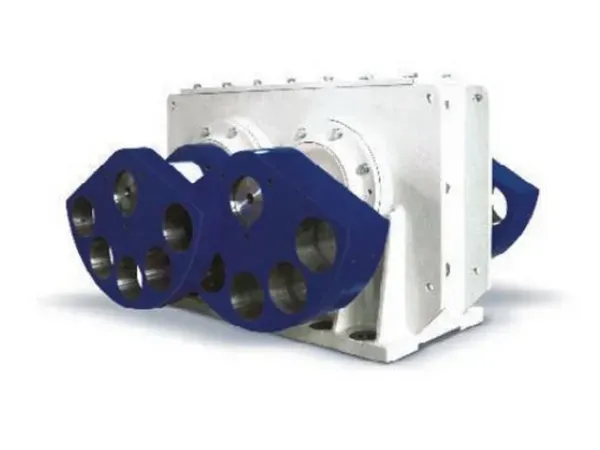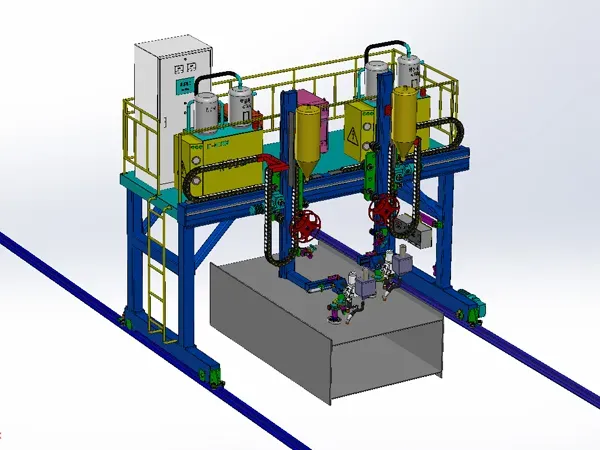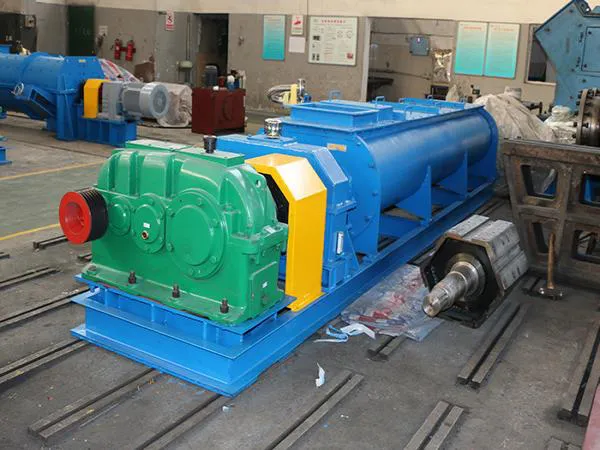Detailed introduction:application scenarios and construction methods of tunnel waterproofing board laying trolley
As a key equipment for mechanized construction of modern tunnel engineering, the application scenarios of the tunnel waterproofing board laying trolley have been expanded from traditional mountain tunnels to complex working conditions such as urban subways and submarine tunnels. Based on engineering practice, this article systematically sorts out the application scenarios and construction methods of the tunnel waterproofing board laying trolley to help the construction party accurately select the model.
Application scenarios and construction methods of tunnel waterproofing board laying trolley:
1. Tunnel scenario:
Mountain tunnel: it is a typical application scenario for the tunnel waterproofing board laying trolley. The trolley should meet the hydraulic telescopic arm span ≥ 18m, cover the full section in one-time molding, be equipped with a laser positioning system, and adapt to the configuration of 0.5%-3% longitudinal slope.
Urban subway tunnel: due to its special working conditions (small space and need to avoid pipe segment bolts, etc.), the tunnel waterproofing board laying trolley should adopt a compact design, equipped with a 360° rotating mechanical arm and use a magnetic fixing device to avoid pipe segment connectors. Using a tunnel waterproofing board laying trolley can increase efficiency by 300% compared to manual laying.
Subsea tunnel: subsea tunnels pose extremely high challenges to the tunnel waterproofing board laying trolley waterproofing board, so it is necessary to upgrade the trolley. To make the tension of the waterproof board ≥200N/m, the hot melt welding machine manipulator must be integrated, and the welding temperature accuracy must be ±3℃. Construction can only be carried out after acceptance, and the acceptance must meet the airtightness test of 0.3MPa pressure maintenance for 30 minutes without leakage.
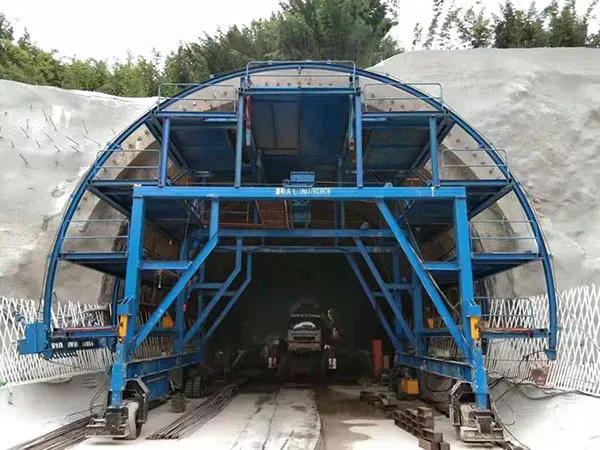
2. Geological conditions:
Weak surrounding rock section: the trolley must be modified due to the large fluctuation difference: the multi-degree-of-freedom manipulator adjustment system ±5mm and a flexible buffer layer is added to the trolley.
Rock burst high-risk section: the construction site is highly dangerous, and the trolley must be strengthened for safety: an anti-rockfall steel grille is installed on the top of the trolley. Remote control operation mode is adopted, and personnel are evacuated to a safe distance for operation.
…
More detailed information about the application scenarios and construction methods of tunnel waterproofing board laying trolley can be found by visiting:https://www.gf-bridge-tunnel.com/a/blog/application-scenarios-and-construction-methods-of-tunnel-waterproofing-board-laying-trolley.html

